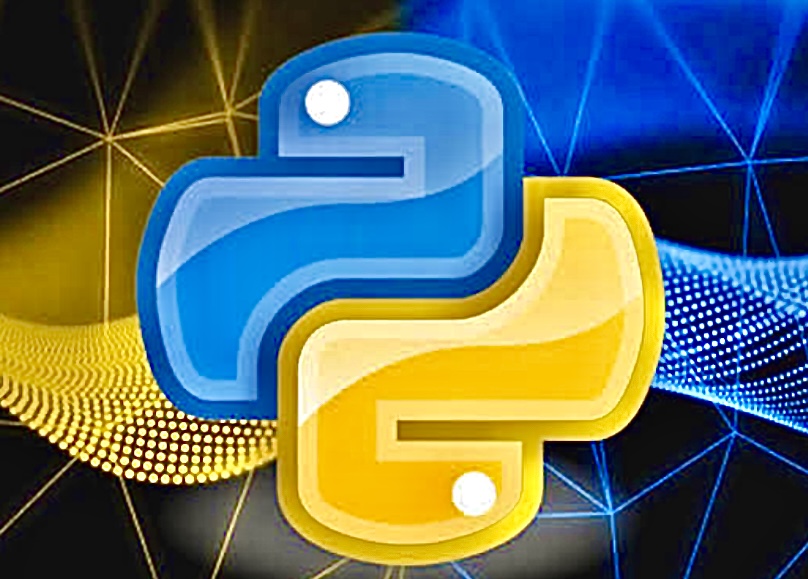IBM MACHINE LEARNING WITH PYTHON

About Course
Course Content
IBM MACHINE LEARNING WITH PYTHON
-
COURSE INTRODUCTION
02:39 -
IBM AI ENGINEERING PC OVERVIEW
07:55 -
An OVERVIEW OF MACHINE LEARNING
08:00 -
MACHINE LEARNING MODEL LIFE CYCLE
02:01 -
A day in the Life of a Machine Learning Engineering
07:39 -
Tools for Machine Learninng
08:33 -
Scikit – Learn machine Learning Ecosysteem
05:03 -
DATA SCIENTIST V/S AI ENGINEERING
10:29 -
INTRODUCTION TO REGRESSION
04:22 -
INTRODUCTION TO SIMPLE LINEAR REGRESSION
05:06 -
MULTIPLE LINEAR REGRESSION
07:34 -
POLYNOMIAL AND NON – LINEAR REGRESSION
07:11 -
Introduction to Logistic Regression
06:31 -
Training a Logistic Regression Model
06:24 -
Classification
05:40 -
Decision Trees
07:02 -
Regression Trees
06:03 -
Supervised learning with SVMs
06:59 -
Supervised learning with KNN
06:24 -
Bias , Variance , and enseble Models
06:26 -
clustering strategies and Real-world Applications
07:18 -
K – means and more on K – means
07:25 -
DBSCAN and HDBSCAN Clustering
06:35 -
Clustering , Dimension Reduction , and Feature Engineering
04:38 -
Dimension Reduction Algorithms
04:41 -
Claassification matrics and Evaluation Techniques
06:20 -
Evaluating Unsupervised learning models / Heuristics and Techniques
07:11 -
Cross – validation and Advanced Model validation Techniques
05:44 -
Regularisation in Regression and Classification
07:04 -
Data leakage and other Pitfalls
06:46 -
COURSE WRAP – UP
06:34
Student Ratings & Reviews

No Review Yet
